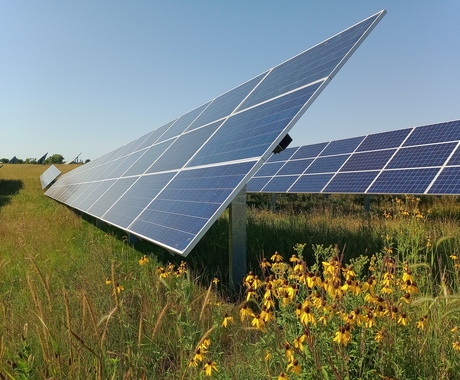Kalee Olson, policy associate, [email protected], 402.687.2100 ext. 1022; or Rhea Landholm, communications manager, [email protected] or 402.687.2100 ext. 1025
LYONS, NEBRASKA – The Center for Rural Affairs is encouraged to see support for agricultural producers, including a significant increase in proposed funding for Conservation Technical Assistance (CTA), in the Biden administration’s proposed budget for 2023 announced earlier this week.
“Conservation technical assistance is vital to the success of producers’ conservation efforts,” said Kalee Olson, policy associate. “As farmers and ranchers are called to assist in addressing climate change through improved soil health, resources are necessary to support them along the way.”
The proposed budget recommends $885 million for CTA in 2023—a nearly $125 million increase from last year.
While the administration’s proposed spending levels for conservation in agriculture came in strong, support for rural small businesses fell short of expectations. The Rural Microentrepreneur Assistance Program (RMAP), which provides loans and technical assistance to rural small businesses through intermediary organizations, was recommended at a level of $6 million, which is $500,000 short of funding for 2022.
“As our small communities continue to recover from the pandemic, it’s important that support is available to those microentrepreneurs who want to help rebuild local economies,” Olson said. “We need to make sure these resources aren’t only secured for the future, but continue to grow.”
As part of the annual appropriations process, both the House and Senate will draft budgets to allocate discretionary funding to a range of federal programs, including CTA and RMAP, as well as other Center priorities including the Farming Opportunities, Training, and Outreach program and Local Agricultural Market Program.
“Through this process we hope to encourage lawmakers to make budgeting decisions that are good for rural America,” Olson said.
# # #




